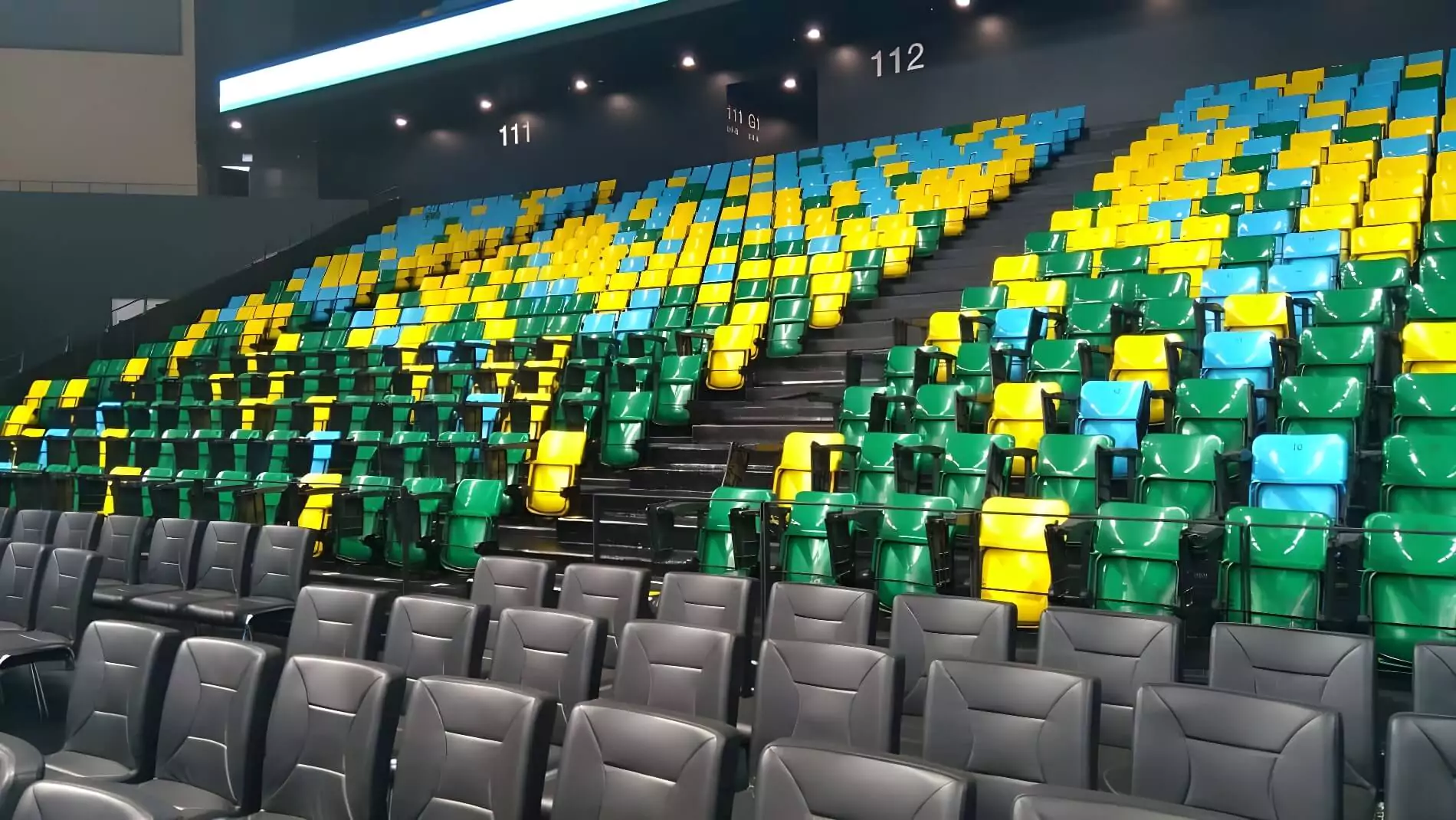Stadium Modernization in Africa: Building the Future with Advanced Seating Solutions
Across the African continent, the momentum for stadium modernization has never been stronger. From football arenas in Nigeria and Morocco to multi-sport facilities in Kenya and South Africa, nations are investing in world-class sports infrastructure that can meet international standards while catering to local needs. At the heart of these upgrades lies one essential component: stadium seating. Modern, affordable, and durable seating is no longer just an option but a necessity for Africa’s emerging sports scene.

The Growth of Sports Infrastructure in Africa
Over the past decade, African countries have recognized the power of sports as a driver of both social development and economic growth. With tournaments such as the Africa Cup of Nations (AFCON), youth championships, and international club competitions, the demand for quality stadiums is rising.
Key drivers of this growth include:
Government investment in national sports infrastructure.
Private partnerships funding multi-purpose arenas.
Increased demand for hosting continental and international tournaments.
Growing fan bases that expect safe, comfortable, and modern experiences.
This transformation is fueling the market for stadium seating suppliers in Africa.
Why Modern Stadium Seating Matters
Seating is often underestimated in sports infrastructure planning, yet it is one of the most visible and impactful elements of any arena. In Africa, stadium seating must meet several challenges:
Climate resilience: Seats must withstand intense sunlight, heavy rains, and varying temperatures.
Durability: Tens of thousands of fans using seats weekly demand impact-resistant and long-lasting materials.
Safety compliance: Meeting FIFA, CAF, and ISO standards ensures venues are eligible for international tournaments.
Comfort: Spectators expect ergonomic, well-spaced seating that enhances their overall experience.
Multi-Sport Venues: Flexibility as a Priority
Unlike single-purpose stadiums, many African venues must serve multiple functions:
Football: The continent’s most popular sport.
Rugby and athletics: Growing in Southern and Eastern Africa.
Concerts and cultural events: Venues that host entertainment require reconfigurable layouts.
This makes modular stadium seating an ideal solution, allowing stadiums to adapt quickly and maximize their usage.
Affordability and Price-Performance in Emerging Markets
One of the biggest concerns in Africa is budget. Stadium projects often face tight financial constraints, making affordable yet reliable seating critical. Price-performance solutions ensure that venues do not compromise on safety or durability while staying within budget. This is especially important for:
Local football clubs upgrading smaller facilities.
Universities and schools building multipurpose arenas.
Municipal projects in growing urban areas.
By choosing cost-efficient seating systems, African stadiums can achieve long-term savings and reduce maintenance expenses.
Sustainability and the Future of African Stadiums
Global trends are also shaping Africa’s sports infrastructure. Sustainable stadium seating is becoming increasingly important:
Use of eco-friendly materials such as recyclable plastics and low-carbon steel.
UV stabilization technology to ensure longevity in harsh climates.
Refurbishment models that allow seats to be upgraded rather than replaced.
These practices align with broader sustainability goals and ensure African venues are future-proof.
Case Examples of Stadium Modernization
Cape Town Stadium (South Africa): Originally built for the 2010 World Cup, now undergoing seating upgrades to improve fan comfort.
Abuja National Stadium (Nigeria): Modernization projects focus on seating replacement to meet CAF and FIFA standards.
Stade Mohammed V (Morocco): Continuous renovations highlight the importance of maintaining international-grade seating quality.
These examples demonstrate that stadium modernization in Africa is not a trend but a necessity.

Conclusion
Africa’s sports industry is on a path of rapid modernization. With international tournaments, growing fan expectations, and expanding sports markets, the need for durable, affordable, and modern stadium seating is at its peak. Modular and sustainable solutions will define the next generation of arenas, ensuring that African stadiums stand ready for both continental championships and global events.
The future of African sports infrastructure will be shaped by smart investments, and at the core of every successful stadium lies one essential feature: seating that balances comfort, safety, durability, and affordability.


